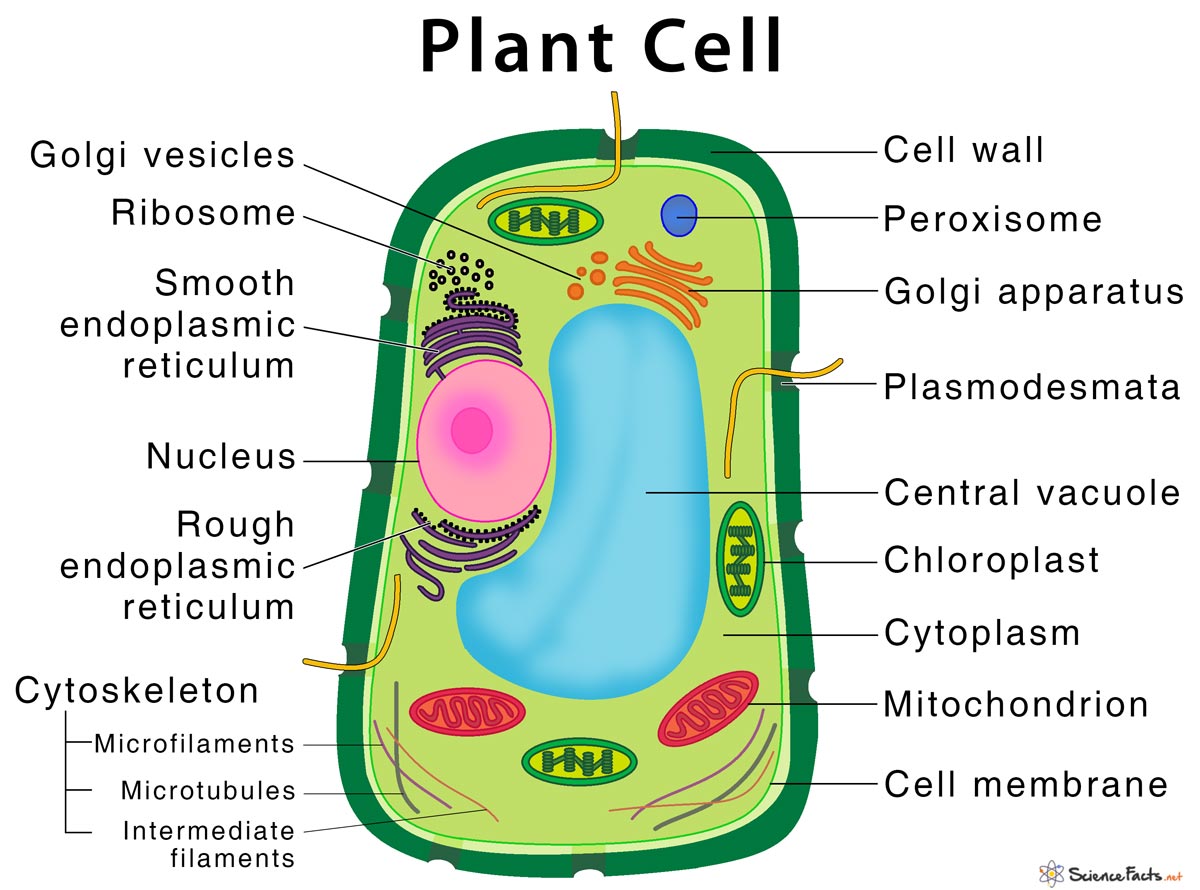

The downloadable documents will be updated to reflect new additions when they are fully functional and available.ĭiogo is the Public Engagement Coordinator for the School of Clinical Medicine and Biological Sciences at the University of Cambridge. We are working on adding new functions to the Cell Explorer (e.g. In addition to providing teacher notes and student worksheets to use with the model, we have also included a ‘research summaries’ document for students who are interested in extending their knowledge beyond the A-level curriculum. Our aim is to make it easier for students to visualise the cell and its processes by allowing them to physically manipulate the cell and its organelles.

This interactive 3D model is designed to address these issues by allowing students to zoom in and out of the cell, understand what can and can’t be seen at different levels of magnification and how the organelles create the cell’s structure. Many misconceptions surrounding cells and cell structure are focused on issues of scale and content. This toolkit is designed to help students understand just how tiny but complex cells are and how important understanding cells is to biology as a whole. However, we often forget that conceptualising something too small for the naked eye to see requires a cognitive leap.

The structure of eukaryotic cells is one of the first concepts taught in many current specifications and it’s easy to think this might be simple for students to understand.


 0 kommentar(er)
0 kommentar(er)
